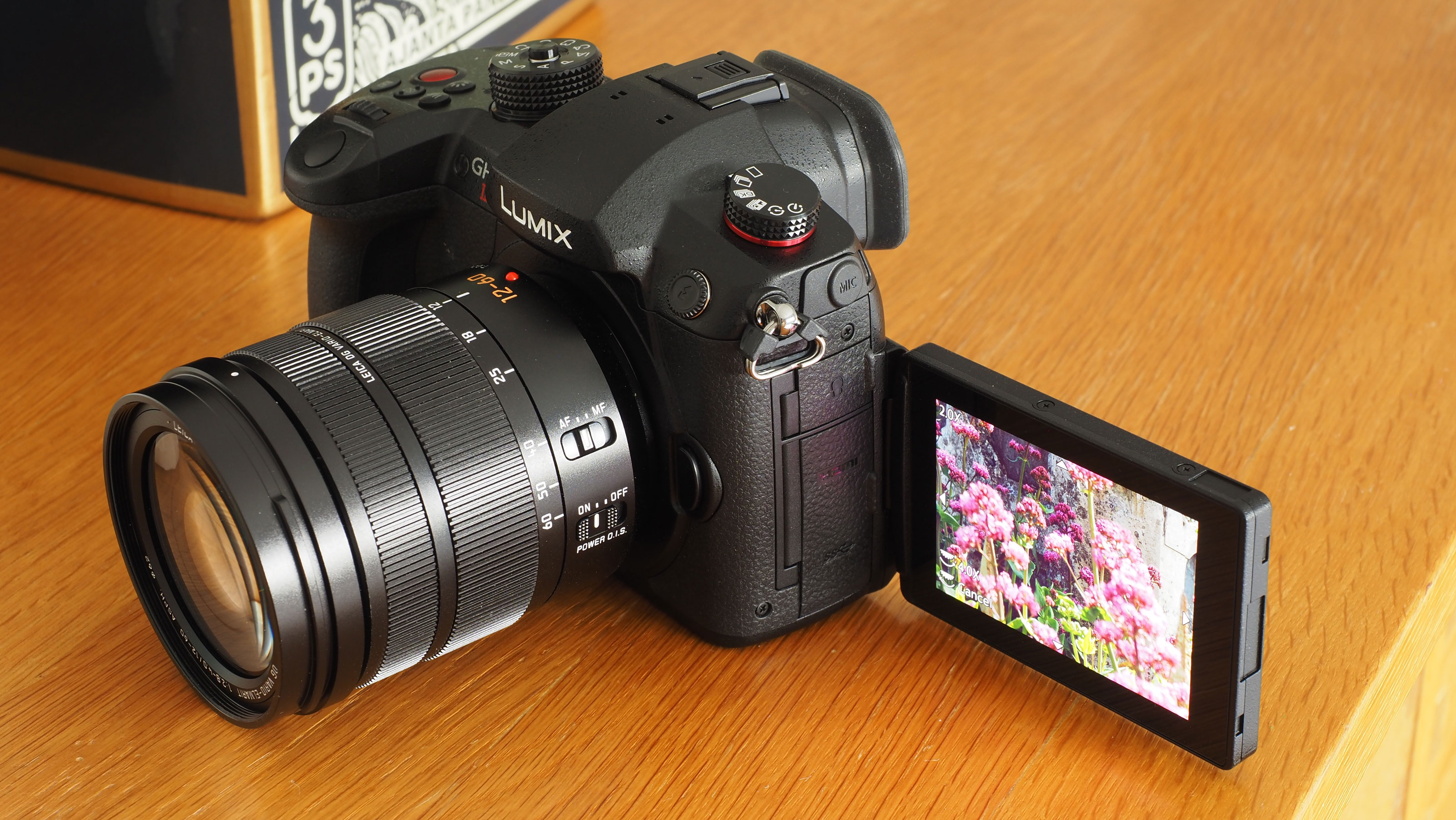What is variable frame rate (VFR) and how does it work?
Get to know what variable frame rate (VFR) is and how you can use it in your filmmaking

So, what is Variable Frame Rate?
Variable frame rate, or VFR as it is more commonly known, or Varispeed on some high-end professional cameras, is a term widely used within the film industry to shoot at a different frame rate to that of your recording/clip timeframe to achieve either slow-motion or speed ramping in-camera.
So, in short, VFR, is a way to record internal slow-motion or speed ramping (speeding up) within your camera, and without having to work video editing magic later on when editing. How many frames per second you can record up to in VFR mode and in what codec is limited from camera to camera, so your mileage may vary. However, it is more common these days to see cameras record VFR to at least 120fps or above on higher-end models.
Example:
Let's say you want to record a time-lapse across a cityscape within your video camera. You have set a project for a 30fps timeline for your recordings, but you want this final time-lapse to look very fast in your final project. Using variable frame rate and recording this at, say, 15 frames per second means your camera will record half the frames you need in order to fulfil that 30fps requirement. Thus, when you play this footage back in-camera or on your computer, the footage will play back at double the speed at which you shot it.
So, a 10-second recording shot at 15fps on a 30fps timeline will actually be five seconds worth of footage, producing instant hassle-free speed-mapping that requires no technical knowledge in your video editing software. This is a pure record, drag and play option, which makes video editing later a more stress free experience.
To further understand frame rates and variable frame rates, take a look at this informative video by B&H that shows the true power of VFR and how you can use it within your next project to create captivating visuals:
Get the Digital Camera World Newsletter
The best camera deals, reviews, product advice, and unmissable photography news, direct to your inbox!
This VFR effect/option can also be used for slow-motion, but rather than your recording being double the speed at which you shot it, it naturally becomes twice as slow. If you want to shoot a water balloon being popped in slow-motion, you can set your camera to record a VFR clip at twice the frame rate of your project, thus creating a 2x slow-motion playback in-camera rather than having to try to calculate frame rates and speed adjustments in a video editor.
It is worth noting that VFR is not implemented on every camera that can shoot video, but more commonly found on cinema cameras or prosumer cameras geared towards a “video first” approach. It can also be said that these effects can be done within the editing studio; however, when you start looking at your post production editing options, they are severely lacking when compared to producing VFR in-camera.
So why not go out and see what you can capture? You might even surprise yourself in how easy and laid back the VFR experience is, and it might even be your preferred method going forward.
Read more:
Best 4K camera
Best 8K camera
Best audio recorders for filmmakers
Best wireless follow focus

For nearly two decades Sebastian's work has been published internationally. Originally specializing in Equestrianism, his visuals have been used by the leading names in the equestrian industry such as The Fédération Equestre Internationale (FEI), The Jockey Club, Horse & Hound, and many more for various advertising campaigns, books, and pre/post-event highlights.
He is a Fellow of the Royal Society of Arts, holds a Foundation Degree in Equitation Science, and holds a Master of Arts in Publishing. He is a member of Nikon NPS and has been a Nikon user since his film days using a Nikon F5. He saw the digital transition with Nikon's D series cameras and is still, to this day, the youngest member to be elected into BEWA, the British Equestrian Writers' Association.
He is familiar with and shows great interest in 35mm, medium, and large-format photography, using products by Leica, Phase One, Hasselblad, Alpa, and Sinar. Sebastian has also used many cinema cameras from Sony, RED, ARRI, and everything in between. He now spends his spare time using his trusted Leica M-E or Leica M2, shooting Street/Documentary photography as he sees it, usually in Black and White.
